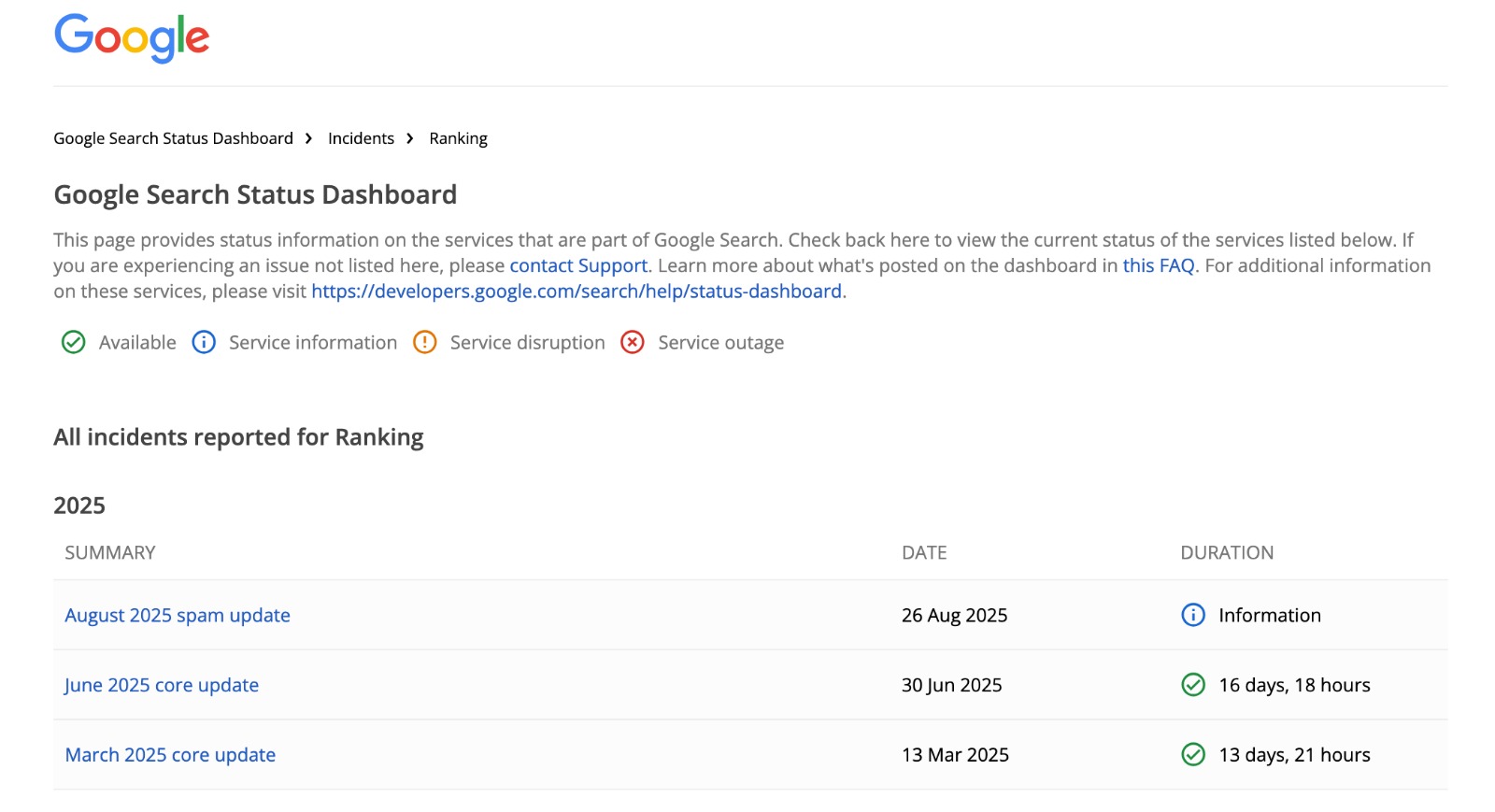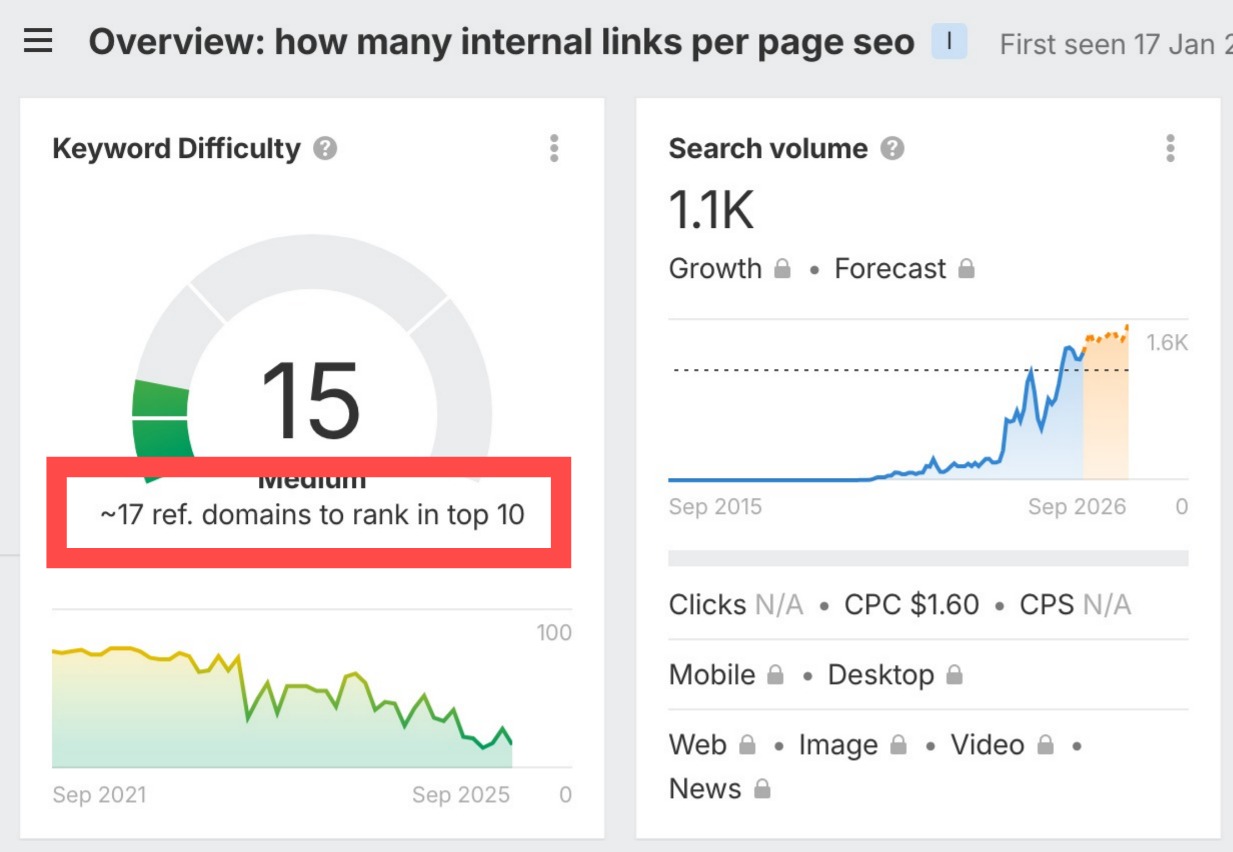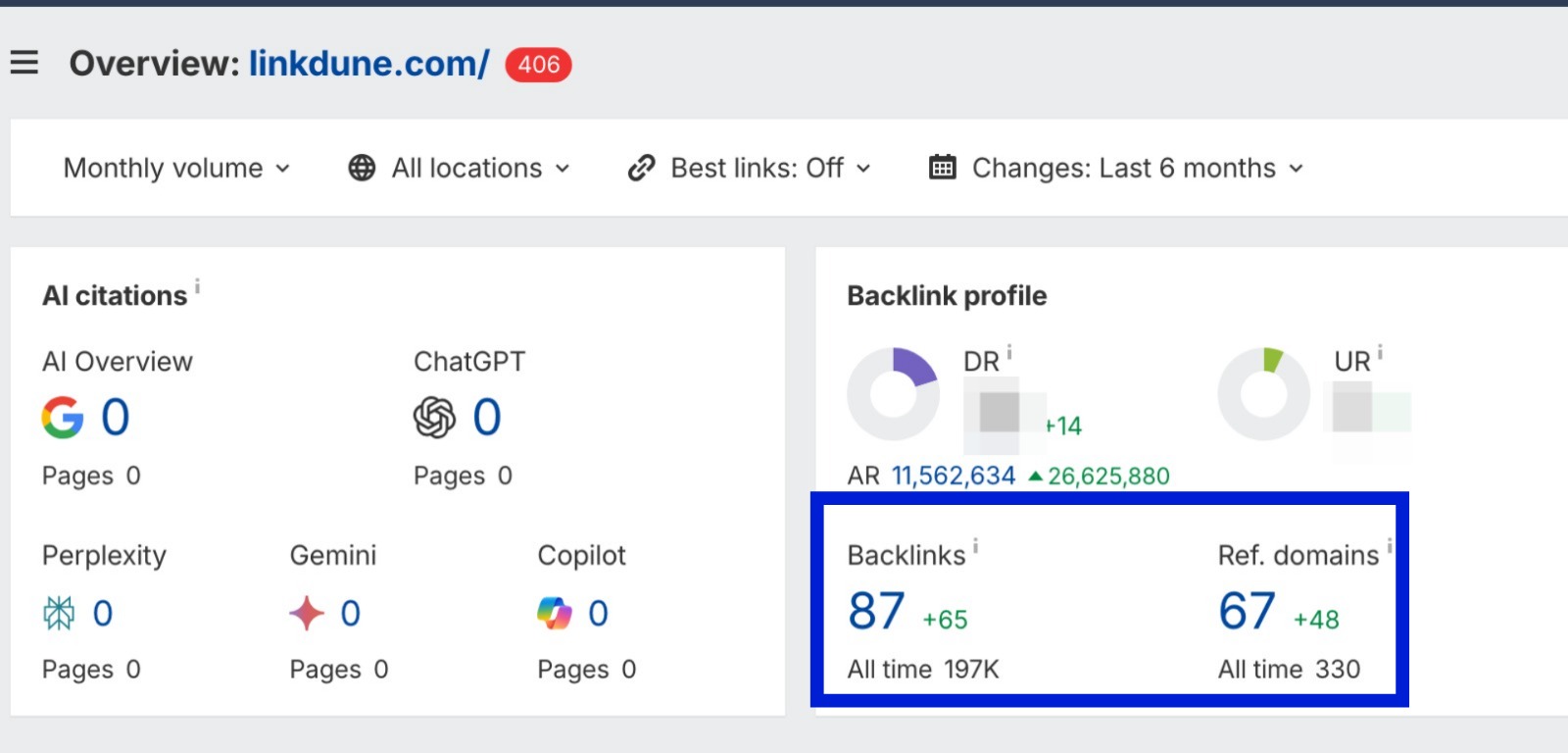How Many Backlinks Do I Need? (Complete 2026 Guide)
If you’ve been exploring SEO, you’ve likely come across the term “backlinks” countless times. Backlinks, links from other websites pointing to your site, are one of the most important ranking factors for Google and other search engines.
But here’s the big question: “How many backlinks do I need?”
Unfortunately, there isn’t a one-size-fits-all answer. The number of backlinks you need depends on multiple factors like keyword competition, the authority of your website, the quality of your content, and the overall SEO strategy you follow.
In this comprehensive guide, we’ll break down everything you need to know about backlinks, why they matter, how to figure out how many you need, the quality vs. quantity debate, and strategies to get the right kind of backlinks for your website.
By the end, you’ll have a clear roadmap to plan your link-building strategy effectively in 2026.
The Myth of a Fixed Backlink Number
One of the most common misconceptions among website owners is that there’s a magic number of backlinks needed to rank well.
For example, people often assume that “100 backlinks” or “500 backlinks” is enough for any keyword. But search engine optimization doesn’t work like that.
Here’s why:
- Google’s algorithm looks beyond quantity. Search engines evaluate each backlink based on factors like the linking site’s authority, relevance to your topic, the anchor text used, and even the content surrounding the link.
- Not all backlinks carry the same weight. A single backlink from a reputable site like Forbes or HubSpot can outweigh hundreds of links from low-quality or irrelevant websites.
- Context matters. If the link appears on a highly relevant page in your niche, it’s far more valuable than a random link from an unrelated site.
In short, the idea that you need a fixed number of backlinks is a myth. What truly matters is a combination of quality, relevance, and consistency.
Why Backlinks Are So Important
Before we answer how many backlinks do I need, let’s understand why backlinks are such a big deal in the first place:
- Authority Building: Backlinks act as “votes of confidence” from other websites. The more high-quality sites linking to you, the more search engines view your site as trustworthy.
- Improved Rankings: Backlinks are among Google’s top 3 ranking factors. Without them, it’s hard to rank for competitive keywords.
- Referral Traffic: A good backlink can also bring real visitors to your site, not just SEO value.
- Faster Indexing: Search engine bots use backlinks to discover new pages. More backlinks = faster indexing.
Factors That Influence How Many Backlinks You Need
When determining how many backlinks do I need, you need to analyze several key factors. Let’s break them down in detail:
1. Keyword Difficulty & Competition
The competitiveness of your target keyword is one of the biggest factors.
- Low-competition keywords: For example, “best coffee shop in Springfield” might only require a few high-quality backlinks if local competition is low.
- High-competition keywords: Terms like “best credit cards” or “SEO agency” often need hundreds (or even thousands) of strong backlinks because top-ranking pages have built authority over years.
Tip: Use tools like Ahrefs or SEMrush to check keyword difficulty scores before planning your backlink strategy.
2. Domain Authority (DA) or Domain Rating (DR)
Your website’s authority plays a big role in how many backlinks you need.
- New websites: With little to no authority, you’ll need more backlinks to compete with established players.
- Established websites: If your site already has strong authority, fewer backlinks may be enough because search engines already trust your domain.
Example:
- A brand-new blog post on Forbes might rank quickly with few backlinks because the domain authority is extremely high.
- A new site with no authority may need 50–100 backlinks for the same keyword.
3. Content Quality & Relevance
Strong, in-depth, and valuable content often requires fewer backlinks because it naturally earns links over time.
For instance, a 3,000-word guide with original data, visuals, and expert insights can attract backlinks organically as people reference your work in their articles.
Action Tip:
Focus on creating “link-worthy” content such as:
- Case studies
- Original research
- Industry statistics
- Infographics
4. Competitor Analysis
The simplest way to estimate how many backlinks do I need is by analyzing your competitors.
Here’s how:
- Pick your target keyword.
- Use Ahrefs or SEMrush to analyze the top 3 ranking pages.
- Check how many referring domains (unique websites) link to each page.
- Set a realistic goal based on their numbers.
If the top-ranking pages have 50–70 backlinks, you know what you’re up against.
Tools to Estimate Backlink Needs
Several SEO tools can help you determine backlink requirements accurately:
- Ahrefs:
- Enter your target keyword into the Keywords Explorer.
- Check “SERP Overview” to see backlinks for top-ranking pages.
- SEMrush:
- Use the Backlink Analytics tool to compare competitors’ backlink profiles.
- Moz:
- Check domain authority (DA) and link counts for competitor websites.
- Ubersuggest:
- A budget-friendly tool to analyze backlinks and keyword competition.
Quality vs. Quantity: Which Matters More?
When it comes to backlinks, quality always wins over quantity.
What Makes a Backlink High-Quality?
- Relevance: A backlink from a site in your niche carries more weight.
- Authority: Links from high-DA sites are more valuable.
- Anchor Text Diversity: Natural anchor text distribution looks more authentic.
- Traffic: A backlink from a page with actual visitors can send referral traffic.
Why Quantity Alone Can Backfire
- Too many low-quality backlinks can trigger Google penalties.
- Spammy links harm rather than help rankings.
- It looks unnatural if you build hundreds of backlinks overnight.
Bottom line: A few high-quality links often outperform hundreds of poor-quality ones.
Practical Guidelines: How Many Backlinks Do You Really Need?
Here’s a rough benchmark based on keyword difficulty:
Keyword Difficulty | Estimated Backlinks Needed |
Low (0–20) | 0–10 backlinks |
Medium (21–50) | 20–50 backlinks |
High (51+) | 50–200+ backlinks |
Important: These are ballpark numbers. Quality, domain authority, and content strength can reduce the total number needed.
Link Building Strategies That Work in 2026
Here are some proven methods to build high-quality backlinks:
- Guest Posting:
- Write articles for reputable sites in your niche.
- Add a natural backlink to your site within the content or author bio.
- Broken Link Building:
- Find broken links on relevant websites.
- Offer your content as a replacement.
- Skyscraper Technique:
- Improve on existing top-ranking content.
- Reach out to sites linking to the original content and suggest yours instead.
- Digital PR:
- Publish original research, surveys, or reports.
- Pitch your story to journalists and bloggers.
- Niche Edits:
- Get your link inserted into existing high-authority content.
Common Backlink Mistakes to Avoid
- Buying Low-Quality Links:
- Cheap link packages often come from spammy sites.
- Risk of manual penalties from Google.
- Over-Optimizing Anchor Text:
- Using the same exact-match keyword repeatedly looks unnatural.
- Ignoring Internal Links:
- While not backlinks, internal links help distribute link equity across your site.
- Focusing Only on Numbers:
- A smaller number of high-quality links often outperforms a large number of weak links.
Conclusion
So, how many backlinks do I need?
The answer depends on several factors:
- Keyword competition
- Domain authority
- Content quality
- Competitor backlink profiles
Instead of chasing a specific number, focus on high-quality, relevant backlinks and combine them with great content and strong on-page SEO. Over time, this approach builds long-term authority and consistent rankings.





Comments are closed